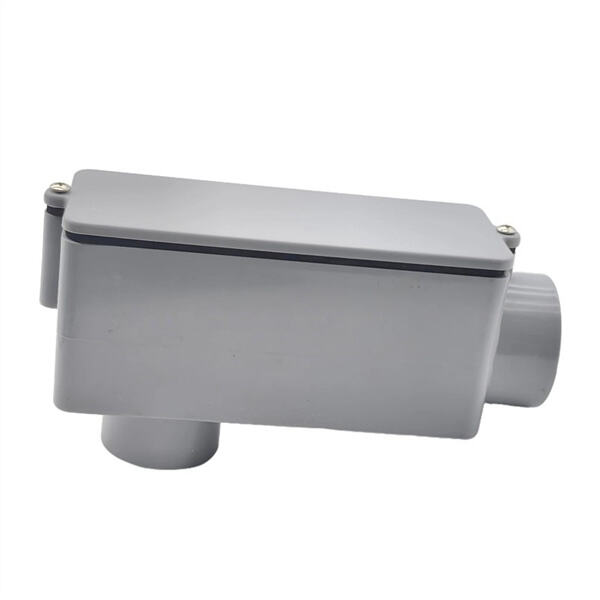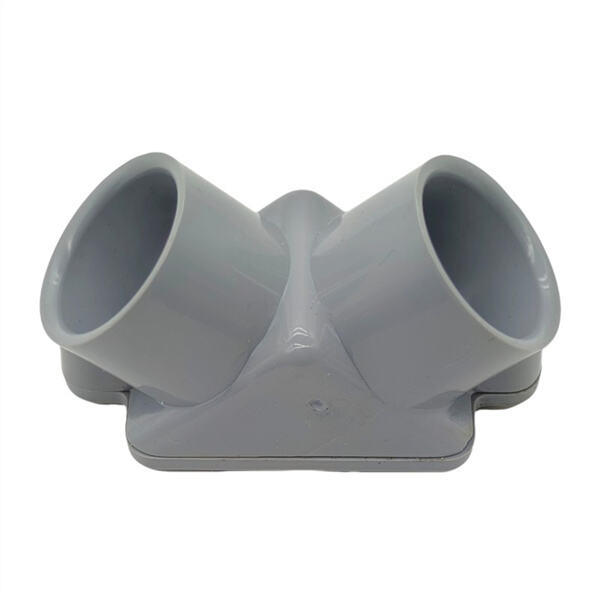When electricians are assembling items for a building, they frequently use a device called an electrical conduit reducer. So just what is this thing, and why is it significant?
The Anita electrical conduit fittings is a device used to join two different sizes of electrical conduits. An electrical conduit is essentially a pipe that protects electrical wires buried in a building or found on the side of the street. On occasion, the conduit is a different size, and that’s where the reducer comes in. No, it’s more like the cement that keeps everything in place.
The role that a reducer plays in electrical conduit installations is huge since it does help to ensure that everything is safe and is working as it should. There would be gaps or openings between the conduits with no reducer and that could get dangerous. The pvc electrical conduit fittings will hold everything nice and tight so the various electrical wires don’t fatigue and can keep doing their job.

The right size and material of your Anita electrical conduit reducer is also very important. You want to ensure the reducer fits the conduits you are connecting, and that it is durable enough for it’s intended use. For instance if you work outdoors and your Riv, may come into a contact with lots of moisture, you will want to find a reducer that isn’t going to rust or corrode on you.

An electrician will have to make the effort and take precautions when setting up and supporting the electrical conduit brackets for better returns. The reducer that you use should be properly snug to the pipes so that nothing would come loose in time. Regular maintenance checks are also crucial to ensure everything is continuing to work well and there are no signs of wear or damage that might cause issues.

Some common issues you might see when dealing with Anita electrical conduit reducers in industrial environments include things like corrosion, which can be caused by using a reducer that is made out of a material that isn’t going to hold up in the environment — like if it’s made of metal that rusts, but placed in a wet environment. In such an case, the reducer of the material should be replaced by the material that suit the best. Another frequently occurring issue is the looseness of the reducer due to prolonged use, in which case tightening a part of it and/or changing a worn out part can solve the issue.